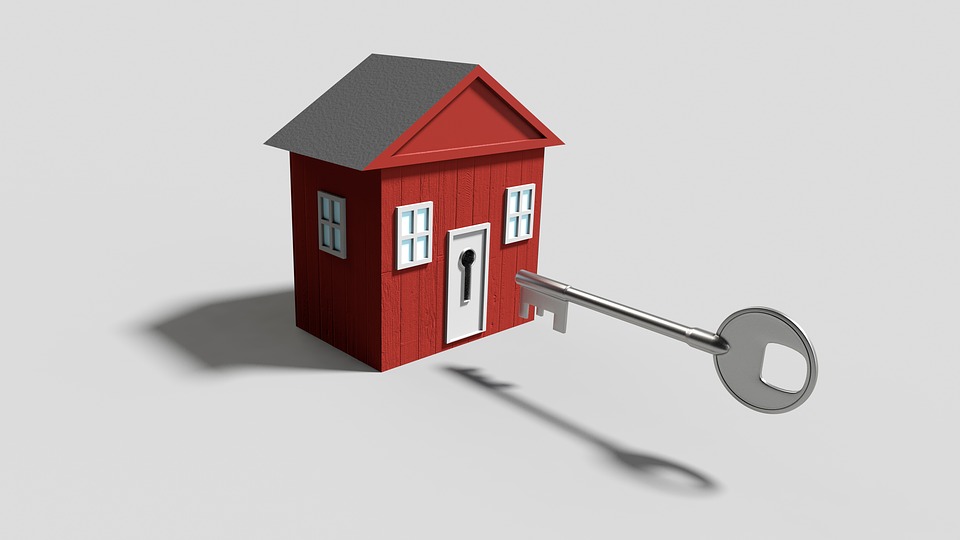Average UK rents increased for the fifth consecutive quarter during Q4 2021, according to data collected by The Deposit Protection Service (DPS).
Average rents reached £834 during the final three months of 2021, an increase of £16 (1.96%) on the previous quarter and a £42 or 5.30% increase on Q3 2020.
South West rents, which traditionally lag behind the national average, drew level for the first time, rising by £19 (2.33%) during Q4 2021, and by £54 (6.92%) from £780, the largest regional percentage increase during the past 12 months.
Average rents have increased across all property types since Q3 2021, with those on detached properties increasing the most; on average by £26 (2.33%) to £1,143, and also rising £88 or 8.34% from Q3 2020.
Contact us today to speak with a specialist Commercial Finance Broker to discuss how we can assist you
The organisation also said that Q4 2021 rents also rose across most of England, with London, the South West, and Yorkshire seeing the largest value rises, contributing to an annual UK average rent increase of just over 4% for 2021.
York saw one of the highest increases, up £71 (9.49%) from £748 to £819 during Q4 2021, a rise of £120 or 17.17% from £699 since Q4 2020.
Conversely, Southampton saw one of the largest falls in rental value during Q4 2021, decreasing £122, (15.12%) from £807 to £685.
Average rents in the North East, traditionally one of the cheapest regions in the UK to rent, increased by £5 (0.91%) from £549 to £554 during Q4 2021, with rents increasing £34 (6.54%) during the past 12 months.
During Q4 2021 London rents increased for the second consecutive quarter, ending 2021 at £1,381, an increase of £42 (3.14%), the highest value regional increase, and a £64 (4.86%) increase on the same quarter during 2020.
The London borough of Islington saw the sharpest value rise in rent during Q4 2021, an increase of £273 (19.6%), from £1,393 to £1,666, added the organisation.
Discover our Buy to Let Mortgage Broker services.
Matt Trevett, managing director at The DPS, said: “During Q4 2021 rents increased in the vast majority of UK regions and across all property types, with demand for detached properties driving the greatest increase in rental value for these properties.
“Our figures also show that renters were less likely to move during the past 12 months, suggesting lower availability of stock and therefore perhaps more limited options for moving.
“We’re also seeing definitive signs of recovery in London, particularly the return of the popularity of flats in some areas, suggesting that some tenants are coming back to the capital.”
Paul Fryers added: ”There is currently significant pressure on rental stock across the country.
“Reasons are complex, but they include landlords selling up to capitalise on high sale prices, plus a shortage of new build homes as a result of supply chain and raw materials issues.
“We’re hearing stories of landlords receiving unprecedented levels of interest, with some renters willing to pay rents upfront and even stories of some tenants willing to pay over the odds to secure properties.”
By Jake Carter
Source: Mortgage Introducer
Discover our Mortgage Broker services.




